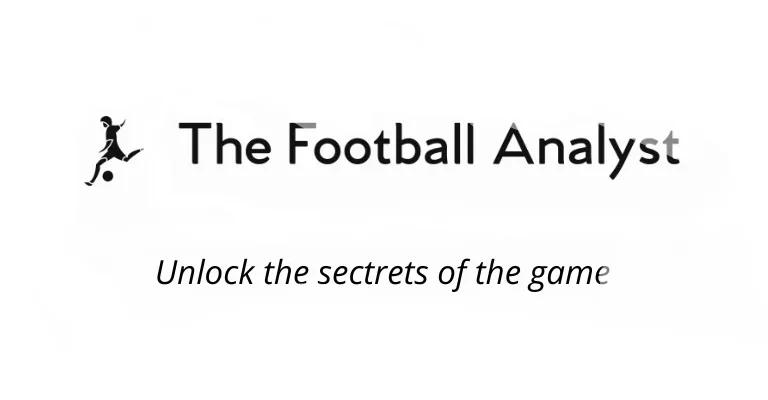Positional play, or “Juego de Posición” as it is often referred to in Spanish, is one of the most intricate and effective tactical approaches in modern football. Pioneered by legendary coaches such as Johan Cruyff and later refined by Pep Guardiola, this philosophy emphasizes the use of space, structure, and intelligent movement to dominate possession and control the rhythm of a game. In this article, we will break down the key principles of positional play, its historical evolution, practical applications, and the key figures who have shaped this revolutionary approach.
The Core Principles of Positional Play
At its heart, positional play revolves around creating and exploiting space on the field. It is not merely about holding possession for the sake of it but rather using the ball to manipulate the opposition and generate opportunities. Here are the core principles:
1. Optimal Occupation of Space
Players are positioned in a way that ensures the pitch is covered effectively, both horizontally and vertically. This creates passing lanes, triangles, and diamonds, enabling fluid ball movement. The idea is to always have numerical superiority around the ball while maintaining balance across the field.
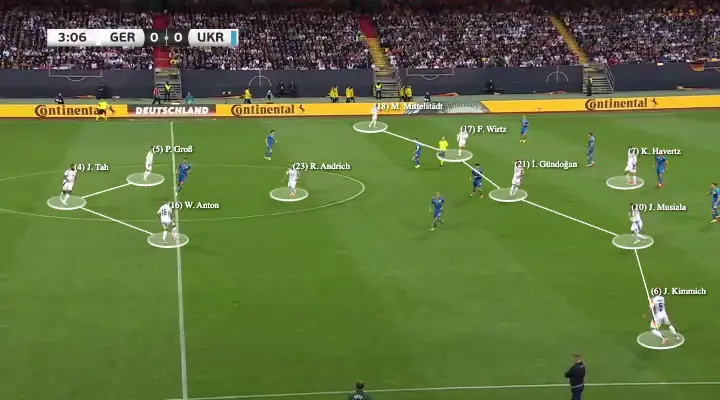
In practical terms, this principle can be seen in the structured way teams set up during the build-up phase. For example, fullbacks might push high to provide width, while midfielders drop deep to receive the ball and create overloads in key areas.
2. Zones of Responsibility
In positional play, the pitch is often divided into zones. Each player is responsible for occupying specific zones based on the team’s shape and the phase of play. Overcrowding a zone is discouraged, as it reduces passing options and disrupts the team’s structure. By spreading out intelligently, players ensure that passing lanes remain open and that there is always a safe outlet to maintain possession.
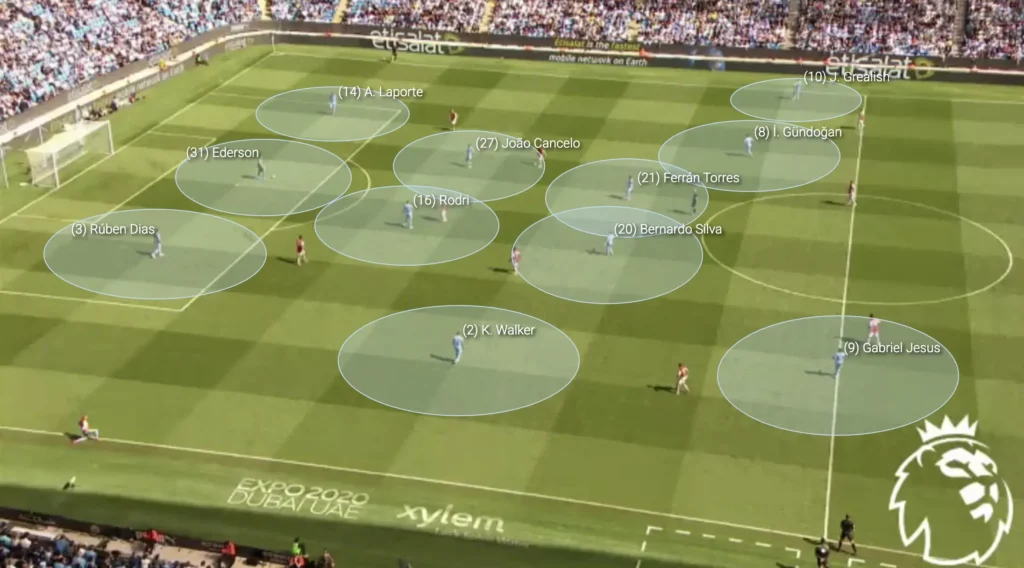
One common mistake among teams not well-versed in positional play is the tendency for multiple players to converge on the ball, leaving other attractive areas of the pitch unoccupied. Positional play addresses this by instilling discipline and spatial awareness in every player.
3. Third-Man Principle
The third-man principle is a core principle of positional play. It works by involving three players to bypass an opponent’s defensive block. Imagine Player A has the ball and wants to pass it to Player C, who is in a free and more advanced position. However, an opponent will block the direct passing lane from Player A to Player C. To overcome this, Player A first passes the ball to Player B, who is positioned closer and has an open passing lane to Player C. Player B then quickly relays the ball to Player C, who is now able to receive it without interference.
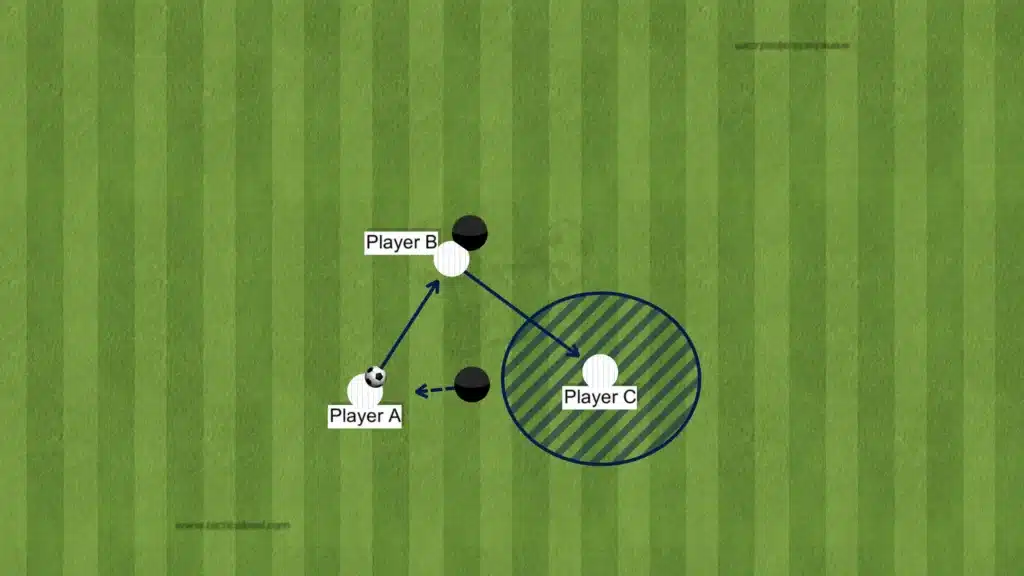
In positional play, the third-man principle is vital as it enables quick, efficient progression of the ball and opens up spaces in tightly marked situations. The third-man principle is, for example, effective when a striker presses the goalkeeper, blocking a direct pass to the center-back. The goalkeeper can instead pass to a midfielder, who quickly relays the ball back to the free center-back. This creates space for the center-back to play forward while bypassing the striker’s press.
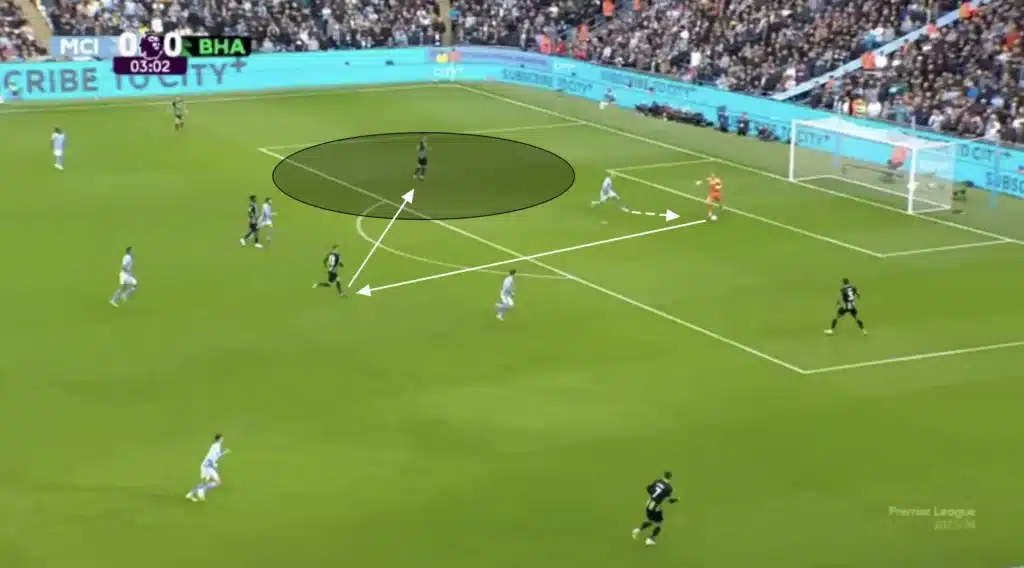
4. Patience and Ball Circulation
Teams employing positional play often prioritize patience. By circulating the ball, they draw the opposition out of shape, creating spaces to exploit. Quick switches of play and diagonal passes are key tools in this process.
Patience does not mean aimless passing; rather, it is a calculated method of probing for weaknesses. Teams like Man City under Guardiola have become famous for their ability to maintain possession for long periods, frustrating opponents and forcing errors.
5. Verticality and Progression
While possession is crucial, the ultimate goal is progression toward the opponent’s goal. Positional play emphasizes vertical passes that break lines and advance the attack. This ensures the team remains purposeful in its build-up.
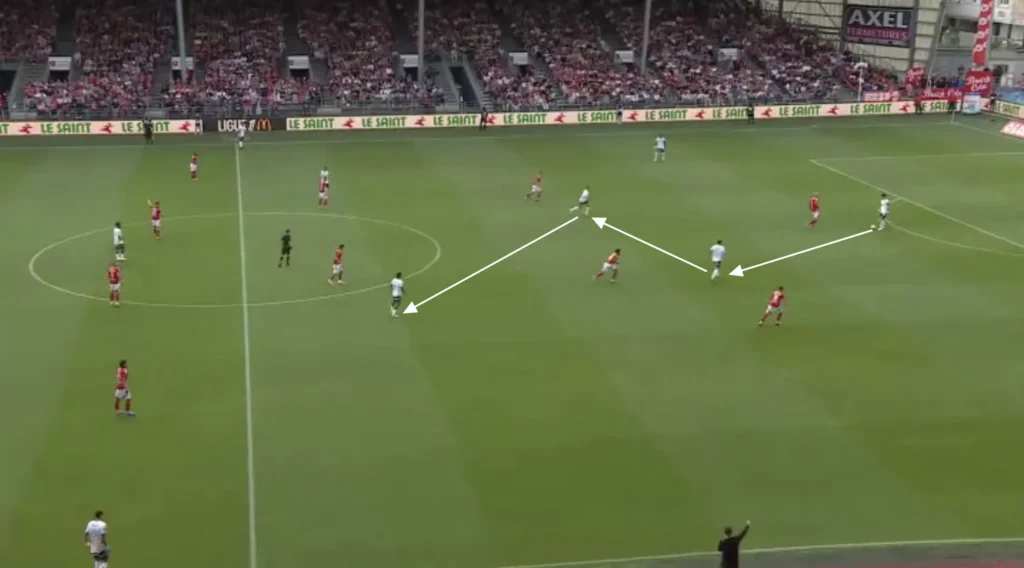
Verticality is achieved through coordinated movements and precise passing. Players must be aware of their surroundings and anticipate where space will open up. This requires not only technical skill but also a deep understanding of the game’s dynamics.
Positional Play in Practice
Build-Up Phase
In the build-up phase, positional play starts with the goalkeeper and defenders. The goal is to lure the opposition press while maintaining numerical superiority in deeper zones. Fullbacks often invert or push high, while midfielders drop to create overloads and passing triangles.
Teams like Manchester City use their goalkeeper as an additional outfield player, ensuring that the opposition’s press is rendered ineffective. This approach requires players who are comfortable on the ball and able to make quick decisions under pressure.
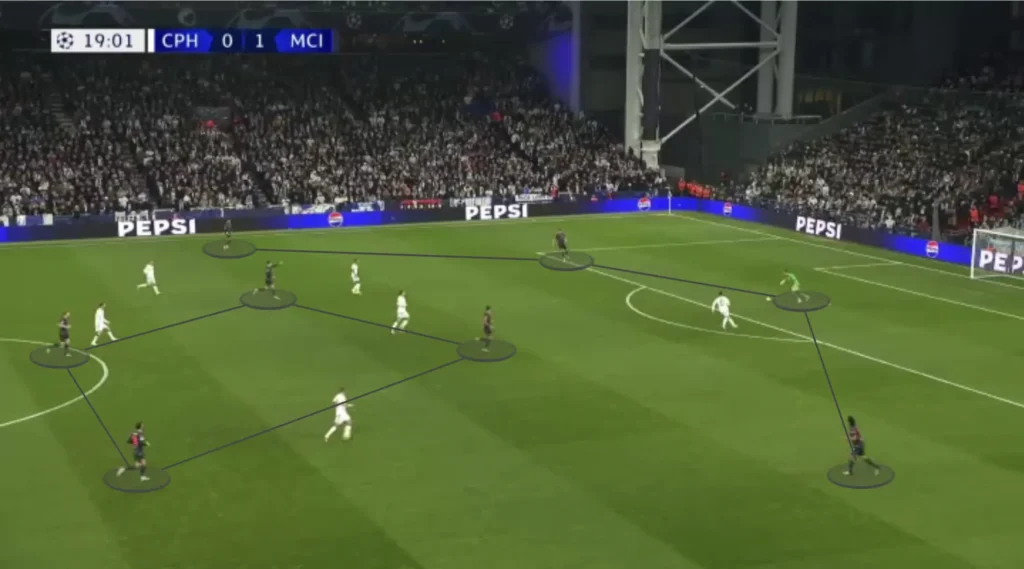
Midfield Control
The midfield is the engine of positional play. Players like Sergio Busquets under Guardiola’s Barcelona exemplified this role, dictating tempo and distributing the ball intelligently. Midfielders are tasked with linking the defense and attack while maintaining positional discipline.
The importance of midfield control cannot be overstated. Without it, teams struggle to implement the principles of positional play effectively. This is why managers often prioritize midfielders with high footballing IQs and exceptional technical abilities.
Attacking Phase
In attack, positional play focuses on stretching the opposition horizontally and vertically. Wingers hug the touchlines to create width, pulling defenders out of position and opening gaps in central areas. Meanwhile, central players occupy spaces between the lines, offering passing options and linking play effectively.
By maintaining width and exploiting these central pockets, teams can unbalance the opposition’s defensive shape. This often forces defenders to make decisions—either to stay in their positions and leave space for others to exploit or to step out and create openings elsewhere.
Rest-Defence
Rest-defence is a vital part of positional play, ensuring players are in optimal positions to counter-press immediately after losing possession. Instead of focusing solely on defensive solidity, rest-defence emphasizes maintaining compactness and control over central areas during possession to anticipate transitions.

Players must position themselves strategically, ensuring numerical superiority around the ball and blocking potential counterattacking lanes. For instance, fullbacks may tuck inside, while midfielders remain staggered to cut off direct routes for the opposition. This proactive setup allows teams to regain possession swiftly and maintain pressure.
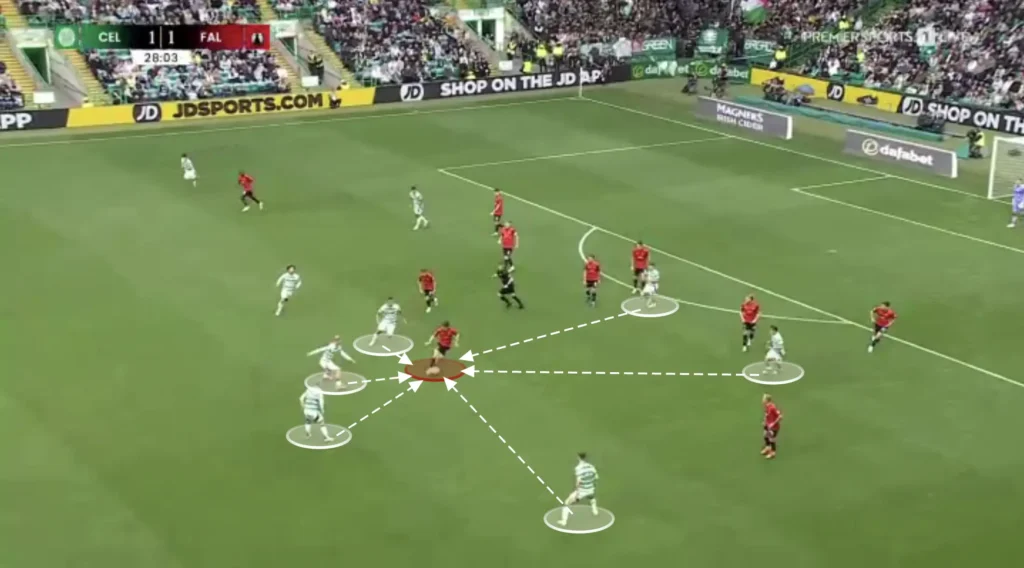
Effective rest-defence, as seen in teams managed by Pep Guardiola, is not only about recovery but also about sustaining offensive momentum. By preparing for transitions in advance, teams can dominate both sides of the game, reinforcing their tactical superiority.
Challenges and Limitations
While positional play is highly effective, it comes with significant challenges that demand meticulous planning and execution. First and foremost, this tactical philosophy requires players with exceptional technical skills, tactical intelligence, and a deep understanding of spatial dynamics. Without these qualities, a team may struggle to implement the intricate movements and precise passing sequences necessary for success.
Another major hurdle is posed by opponents who defend deep and compactly. These low-block defenses are specifically designed to neutralize the strengths of positional play, limiting space between the lines and forcing attackers into wide, less threatening areas. Breaking down such defenses requires a combination of creativity, quick ball movement, and individual brilliance. Players must be adept at executing rapid one-twos, diagonal runs, and third-man combinations to disrupt the opponent’s structure.
Additionally, positional play can sometimes lead to over-reliance on possession, resulting in a lack of directness. Teams that focus too much on circulating the ball without vertical progression may struggle to penetrate resolute defenses, leading to frustration and loss of momentum.
Despite these challenges, the rewards of mastering positional play often outweigh the difficulties. Coaches who successfully address these limitations can create teams capable of dominating games and achieving sustained success.
Historical Evolution of Positional Play
Positional play has its roots in “Total Football,” a revolutionary style of play developed by Rinus Michels at Ajax in the 1970s. Johan Cruyff, Michels’ protégé, later brought these ideas to Barcelona, where he laid the groundwork for the club’s famous playing philosophy.
Johan Cruyff’s Influence
Cruyff’s tenure as Barcelona’s manager from 1988 to 1996 was a turning point in the evolution of positional play. He emphasized the importance of spatial awareness, quick passing, and intelligent movement. Under his guidance, Barcelona won their first-ever European Cup in 1992, cementing his legacy as one of football’s greatest tacticians.
Pep Guardiola’s Refinements
Building on Cruyff’s principles, Pep Guardiola took positional play to new heights during his time as Barcelona’s manager. His team, often referred to as one of the greatest in history, dominated opponents through a combination of tactical discipline and individual brilliance. Guardiola’s success continued at Bayern Munich and Manchester City, where he adapted positional play to suit different leagues and player profiles.
Modern Adaptations
Today, positional play is employed by numerous top coaches, including Ruben Amorim, Julian Nagelsmann, and Roberto De Zerbi. Each has added their unique twist to the philosophy, demonstrating its versatility and enduring relevance.
Conclusion
Positional play is a demanding yet rewarding tactical philosophy that requires high levels of technical skill, intelligence, and discipline from players. By emphasizing spatial awareness, structured movement, and purposeful possession, it provides a framework for controlling games and creating scoring opportunities.
As football continues to evolve, positional play remains a cornerstone of modern tactics, inspiring coaches and players worldwide. Whether you’re an aspiring coach, a player looking to understand the game better, or simply a football enthusiast, delving into the intricacies of positional play offers invaluable insights into the beautiful game.
